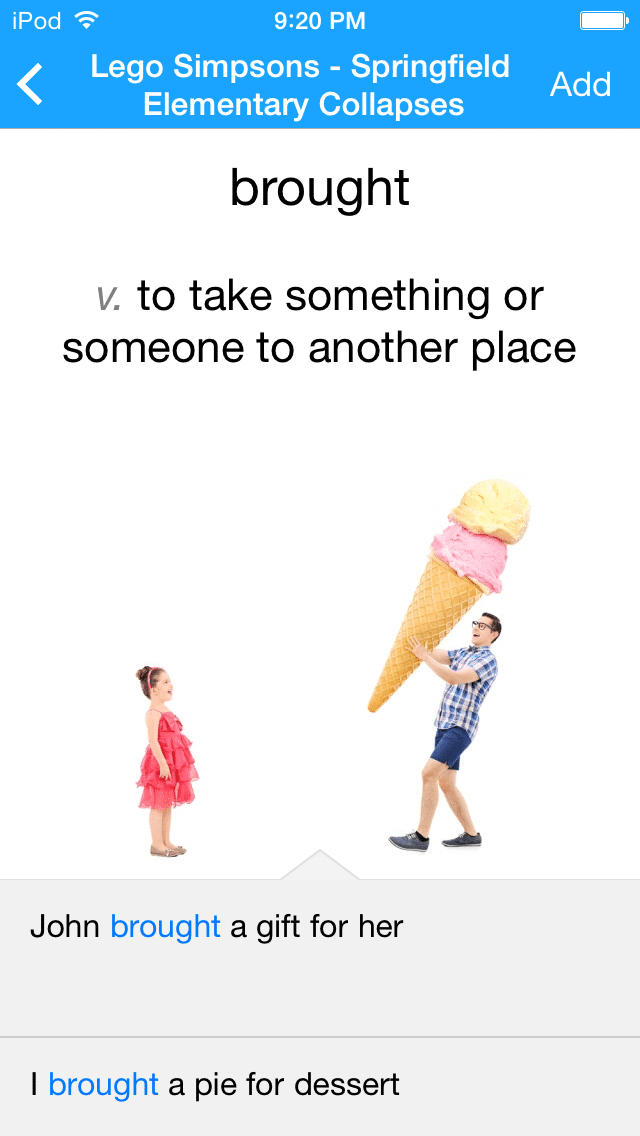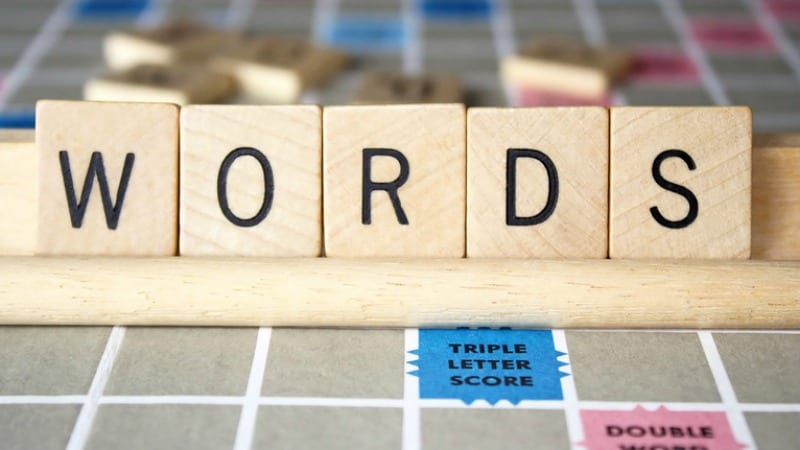
Do you use
CLOSE Reading in your classroom? At the elementary level, this concept is huge.
During the second week of school, we work through a Scholastic News article and
break it down using this strategy. Thankfully, the company sends out posters
each year reviewing the three majors steps- 1)Get the Gist 2) Dig Deeper 3) Put
it all together. Now, just because it is a great strategy, doesn’t mean that my
students enjoy it! However, we try and make it as fun as we can. I always think
about how this reading strategy is great for my students. However, I never
thought about how it would benefit my ELL’s.
Allowing students to have multiple
rounds of exposure to a text helps their comprehension. Providing them with
ample time to break down key words is a huge benefit for ELL’s. There are many
steps that need to be implemented to ensure success. “Using close reading of
texts with ELLs presents more challenges beyond balancing building background
knowledge with working with the actual text. Such challenges for educators of
ELLs include choosing appropriate grade level texts, supplying supplementary
texts at different reading levels, scaffolding instruction, and creating text
depending questions that ELLs can access. Successful close reading with ELLs
requires a more defined skill set and targeted training for all educators of
ELLs” (Fenner, 2013).
There are strategies that I already
implement while teaching CLOSE Reading, such as “book notes”, which can be
purchased here.
Thanks to my Google Alerts, I now know that I need to teach myself on how to
better implement this strategy for ELL’s. I did find these 7 steps to follow on
middleweb.com:
► Make sure that nonfiction text, as
well as fiction, is well-represented in the reading material you
use with, and is available to, your students.
► Teach students to annotate text, no
matter how simple or “complex” it might be, using key reading strategies like
summarizing, asking questions, and identifying the main idea. Focus on only one
or two reading strategies during each rereading of the text. In addition, teach
students to use metacognition to self-monitor their comprehension so they know
what strategies can help them in what situations. Remember: the end-goal of
close reading is to prepare students to transfer their skills to situations
when you, the teacher, are not providing guidance.
► Recognize that the common teaching
process of “I do, We do, You do” is probably not sufficient for English
Language Learners and that additional scaffolding steps will likely be
required.
► Ask text-dependent questions that
require students to look for evidence in what they are reading.
► Use the common, but not
text-dependent, strategy known as “text-to-self” selectively. Asking students
to connect the text to their own experiences can increase student motivation,
but doesn’t necessarily improve comprehension and understanding. However, if
carefully constructed and monitored, text-to-self questions can provide one way
to engage hesitant readers and writers as a prelude to answering more
challenging text-dependent questions.
► Be strategic when spending time in
prereading activities to provide background knowledge. In other words, make
sure that it is a necessary tool to help students access the text, and not
providing excess information and acting a substitute for what could be learned
from the text itself.
► Plan to gradually increase the
complexity of texts you use with students during the year. This doesn’t mean
that it must be an uninterrupted incline.
An additional
suggestion is that teachers should not do close reading of a text in isolation
– it should be done in the context of a broader unit that includes numerous
other learning activities.
I am looking forward to continuing
my research on this topic, and learning together on how to best implement this
strategy into the classroom.
Resources
Ferlazzo, L.
(2016, April 10). Ideas for "Close Reading" with ELL Students.
Retrieved June 22, 2020, from
https://www.middleweb.com/29237/ideas-for-close-reading-with-ell-students/
Fenner, D.
(2019, December 13). Background Knowledge: A Key to Close Reading with ELLs.
Retrieved June 22, 2020, from
https://www.colorincolorado.org/blog/background-knowledge-key-close-reading-ells





